tuberostemonine
- CAS NO.:6879-01-2
- Empirical Formula: C22H33NO4
- Molecular Weight: 375.5
- MDL number: MFCD11111456
- SAFETY DATA SHEET (SDS)
- Update Date: 2024-11-12 16:52:33
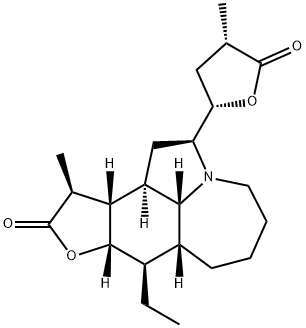
What is tuberostemonine?
Description
This novel alkaloid has been isolated from Sternona sessilifolia and S. tuberosa and was first given the formula C19H29O4N, subsequently altered to that given above. It crystallizes in colourless needles from MeOH with 1 mole of solvent, m.p. 65-88°C (dec.) and has [α]D - 25.4° (Me2CO). It is a non-phenolic, tertiary base and yields a hydrobromide, m.p. 120°C (dec.) and a perchlorate, m.p. 242°C (dec.). The methiodide monohydrate has m.p. 236-8°C (dec.) and the methochloride, dihydrate, m.p. 172°C. A methosulphate has also been prepared, m.p. 253°C (dec.). The base is not hydrolyzed by acids but in the presence of excess PtO2 it gives the dihydro derivative, m.p. 133°C, furnishing a hydrochloride, m.p. 281 ° C. Oxidation with KMnO4 gives a C17 compound, whereas oxidation with silver oxide forms a neutral substance, C22H29O4N, m.p. 178°C which still contains the lactone groups and gives a positive Ehrlich pyrrole reaction.
The Uses of tuberostemonine
Tuberostemonine is elucidated as one of the major components of Radix Stemonae and has been shown to display therapeutic effects against cigarette smoke-induced acute lung inflammation.
Definition
ChEBI: A natural product found in Stemona phyllantha and Stemona tuberosa.
References
Kondo, Suzuki, Satomi.,J. Pharrn. Soc., Japan, 54,96 (1934)
Kondo, Suzuki, Satomi., ibid, 59, 177 (1939)
Kondo, Suzuki, Satomi., ibid, 60, 149 (1940)
Kondo, Suzuki, Satomi., ibid, 61, 111 (1941)
Kaneko., Ann. Rep. ITSUU Lab. (Tokyo), 11,45 (1960)
Gotz, Bogri, Gray., Tetrahedron Lett., 707 (1961)
Edwards, Feniak, Handa., Can. J. Chern., 40,455,2416 (1962)
Crystal structure:
Harada et ai., Chern. Cornrnun., 460 (1967)
Properties of tuberostemonine
| Melting point: | 86~88℃ |
| Boiling point: | 554.2±50.0 °C(Predicted) |
| Density | 1.19±0.1 g/cm3(Predicted) |
| storage temp. | 2-8°C(protect from light) |
| solubility | DMF:10.0(Max Conc. mg/mL);26.63(Max Conc. mM) DMF:PBS (pH 7.2) (1:2):0.33(Max Conc. mg/mL);0.88(Max Conc. mM) DMSO:1.0(Max Conc. mg/mL);2.66(Max Conc. mM) |
| form | A solid |
| pka | 8.90±0.70(Predicted) |
| color | White to off-white |
Safety information for tuberostemonine
Computed Descriptors for tuberostemonine
New Products
4-AMINO-TETRAHYDRO-PYRAN-4-CARBOXYLIC ACID HCL 4-(Dimethylamino)tetrahydro-2H-pyran-4-carbonitrile 4-Aminotetrahydropyran-4-carbonitrile Hydrochloride (R)-3-Aminobutanenitrile Hydrochloride 3-((Dimethylamino)methyl)-5-methylhexan-2-one oxalate 1,4-Dioxa-8-azaspiro[4.5]decane 5-Bromo-2-nitropyridine Diclofenac Potassium Ornidazole IP Diclofenac Sodium IP/BP/EP/USP Mefenamic Acid IP/BP/EP/USP Aceclofenac IP/BP/EP Nimesulide BP SODIUM AAS SOLUTION ZINC AAS SOLUTION BUFFER SOLUTION PH 10.0(BORATE) GOOCH CRUCIBLE SINTERED AQUANIL 5 BERYLLIUM AAS SOLUTION Methylcobalamin (vitamin B12) SODIUM METHYL PARABEN SODIUM VALPROATE Racecadotril XANTHAN GUMRelated products of tetrahydrofuran
![(3S,5S)-5-[(1S,2Z,3aβ,10aα,10bα)-Decahydro-2-(2,5-dihydro-3-methoxy-4-methyl-5-oxofuran-2-ylidene)-1α-methyl-2H-furo[3,2-c]pyrrolo[1,2-a]azepin-8α-yl]-4,5-dihydro-3-methylfuran-2(3H)-one](https://img.chemicalbook.in/CAS/GIF/27495-40-5.gif)
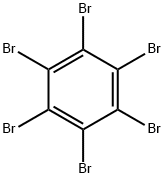
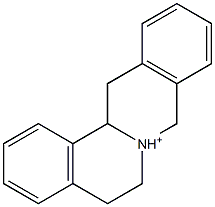



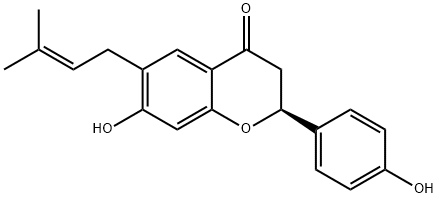
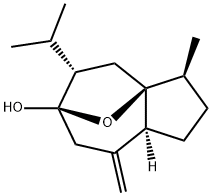
You may like
-
 Tuberostemonine CAS 6879-01-2View Details
Tuberostemonine CAS 6879-01-2View Details
6879-01-2 -
 ethyl 2-(3-(tert-butyl)phenoxy)-2-methylpropanoate 98%View Details
ethyl 2-(3-(tert-butyl)phenoxy)-2-methylpropanoate 98%View Details -
 89796-99-6 Aceclofenac IP/BP/EP 98%View Details
89796-99-6 Aceclofenac IP/BP/EP 98%View Details
89796-99-6 -
 61-68-7 98%View Details
61-68-7 98%View Details
61-68-7 -
 Diclofenac Sodium IP/BP/EP/USP 98%View Details
Diclofenac Sodium IP/BP/EP/USP 98%View Details
15307-79-6 -
 Ornidazole IP 16773-42-5 98%View Details
Ornidazole IP 16773-42-5 98%View Details
16773-42-5 -
 51803-78-2 Nimesulide BP 98%View Details
51803-78-2 Nimesulide BP 98%View Details
51803-78-2 -
 15307-81-0 98%View Details
15307-81-0 98%View Details
15307-81-0